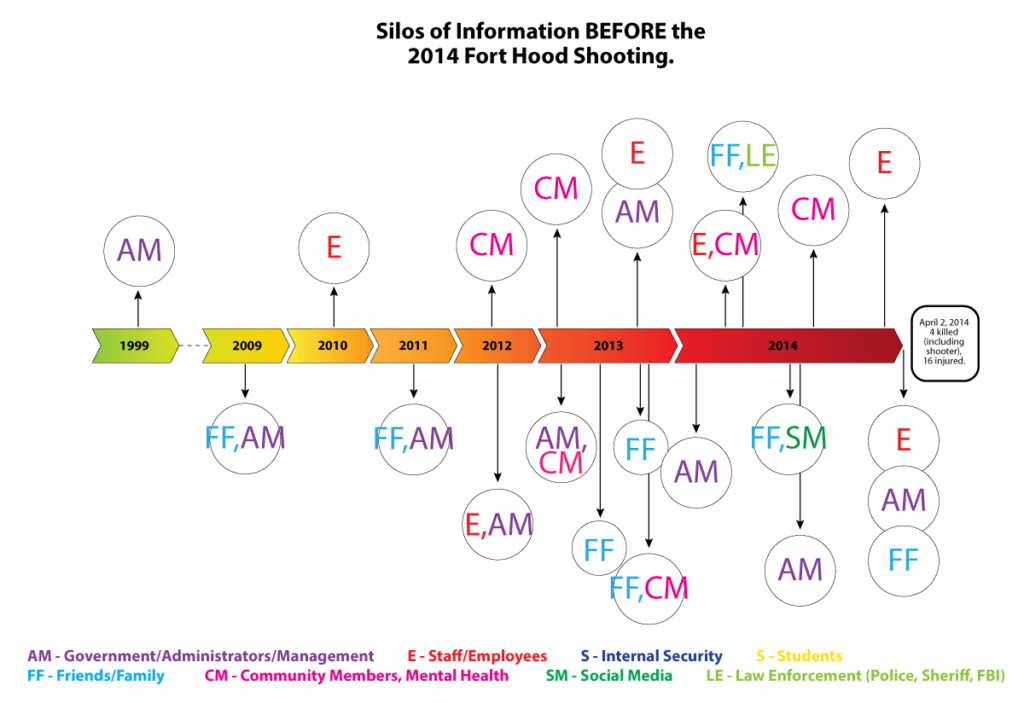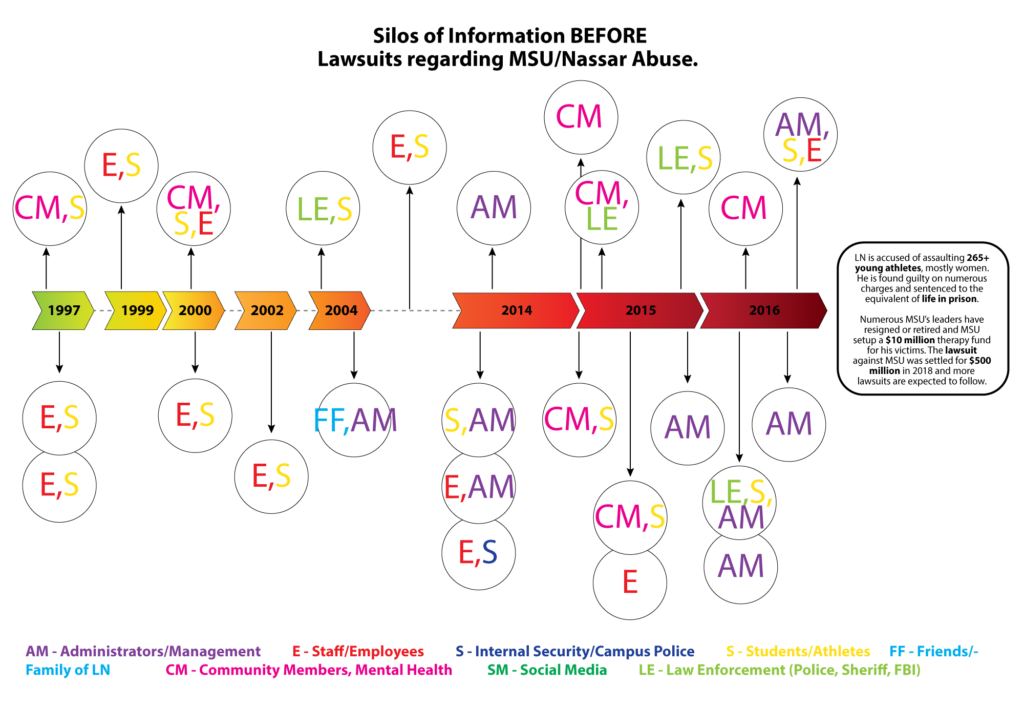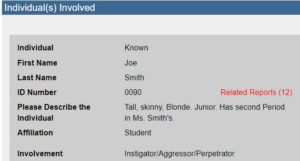Stage 2: Assessing the Dots Stage
Do you know what the Department of Homeland Security (DHS) said about preventing gun violence?
The importance of detecting and addressing concerning behaviors, thoughts, or statements cannot be overstated. In fact, preventing violence by detecting and addressing these red flags is more effective than any physical security measure.
Collecting, assessing, and addressing indicators (concerning behaviors, thoughts, statements, suspicious activities, etc.) is more effective than any physical security measure (cameras, alarms, locks, metal detectors, etc.). Let that sink in for a minute.
Failures & challenges at this stage
The Assessing the Dots Stage requires more than laws requiring schools and organizations to have Assessment Teams (threat, behavior, risk, workplace violence, etc.) or schools, organizations, and communities simply creating or naming Assessment Teams. Research reveals over and over how even the best Assessment Teams were unable to accurately assess known at-risk individuals and situations and failed to prevent hundreds of incidents and tragedies.
For example, Ft. Hood, Navy Yard, Pensacola, Pearl Harbor, and other military sites had/have Assessment Teams (some are even elite specialized teams) and even though indicators existed, they still failed to prevent shootings, sex assaults, murders, suicides, and many other incidents and tragedies on military bases that have more physical security than most organizations can afford.

Higher Education institutions had/have Assessment Teams, but even though indicators existed, hundreds and hundreds of institutions failed to prevent sexual assaults, campus violence, suicides, hazing, and numerous other incidents and tragedies, with incidents going on for years and years at Michigan State, Ohio State, University of Southern Cal, and numerous others.

Eliminating and reducing the failures & challenges
Successes (and research) reveal how to eliminate and reduce the challenges and gaps that stop schools, universities, organizations, communities, military bases, and government agencies from assessing indicators and red flags.
The key to all the above is being able to see and assess a complete picture.
Knowing about better ways to assess indicators and seeing the complete picture, including related reports, historical reports, and behavioral assessments deliver better prevention, safety, trust, and more.
How does Awareity let you see all the pieces of the puzzle so you can see the complete picture to make your Assessing Stage successful?
It starts with seeing the whole picture, not just a snapshot.
Single reports are just a snapshot in time and don’t help your team to assess the whole picture. Without seeing the whole picture your team can be left missing out on important pieces of the puzzle in order to better assess the situation in order to intervene and prevent incidents before they occur.
 For instance, when a report comes in on John Doe, do you think you’ll remember what happened with Mr. Doe 6 months ago? If they are an employee, does HR know something your assessment team doesn’t? Awareity’s Platform solves this by associating related reports and putting them front and center so you don’t have to rely on someone’s memory.
For instance, when a report comes in on John Doe, do you think you’ll remember what happened with Mr. Doe 6 months ago? If they are an employee, does HR know something your assessment team doesn’t? Awareity’s Platform solves this by associating related reports and putting them front and center so you don’t have to rely on someone’s memory.
Behavioral Assessments, assessing concerning behaviors.
Assessing individuals to determine if an incident or behavior is a low, moderate, or high priority risk helps your team assess the chances of a situation escalating so you can intervene and get an individual help before an incident occurs.
Incident reports can be tracked over time to evaluate the risks and threats within a school, organization, or community. The assessment and response grids within the Awareity Platform provide objective measurements to help your team members determine the best overall response.
The Cawood Grids are empirically proven threat assessment guidelines from one of the top experts in the industry, Dr. Jim Cawood’s Grids are an automated addition within the Awareity Platform. Bonus, Awareity’s Platform is the only platform on the planet that Dr. Jim Cawood approved for his Grids.
This tool can help your school, organization, or community to develop clearly defined procedures for investigating and assessing risks and give you an objective tool to explain why you took the actions you did (with all the documentation to back it up).
Client Example: Sarpy County
One man, for example, was put on the list for making threatening comments to a county official. “He’s always bringing in these odd things to the courthouse where he’s suing us for $5 million, but they don’t make sense, just weird gibberish that he writes out,” Griger says. “But he did threaten one of our county attorneys, so while he’s somebody we don’t feel has the means to carry it out or even the heart to carry it out, it’s somebody we are watching.”